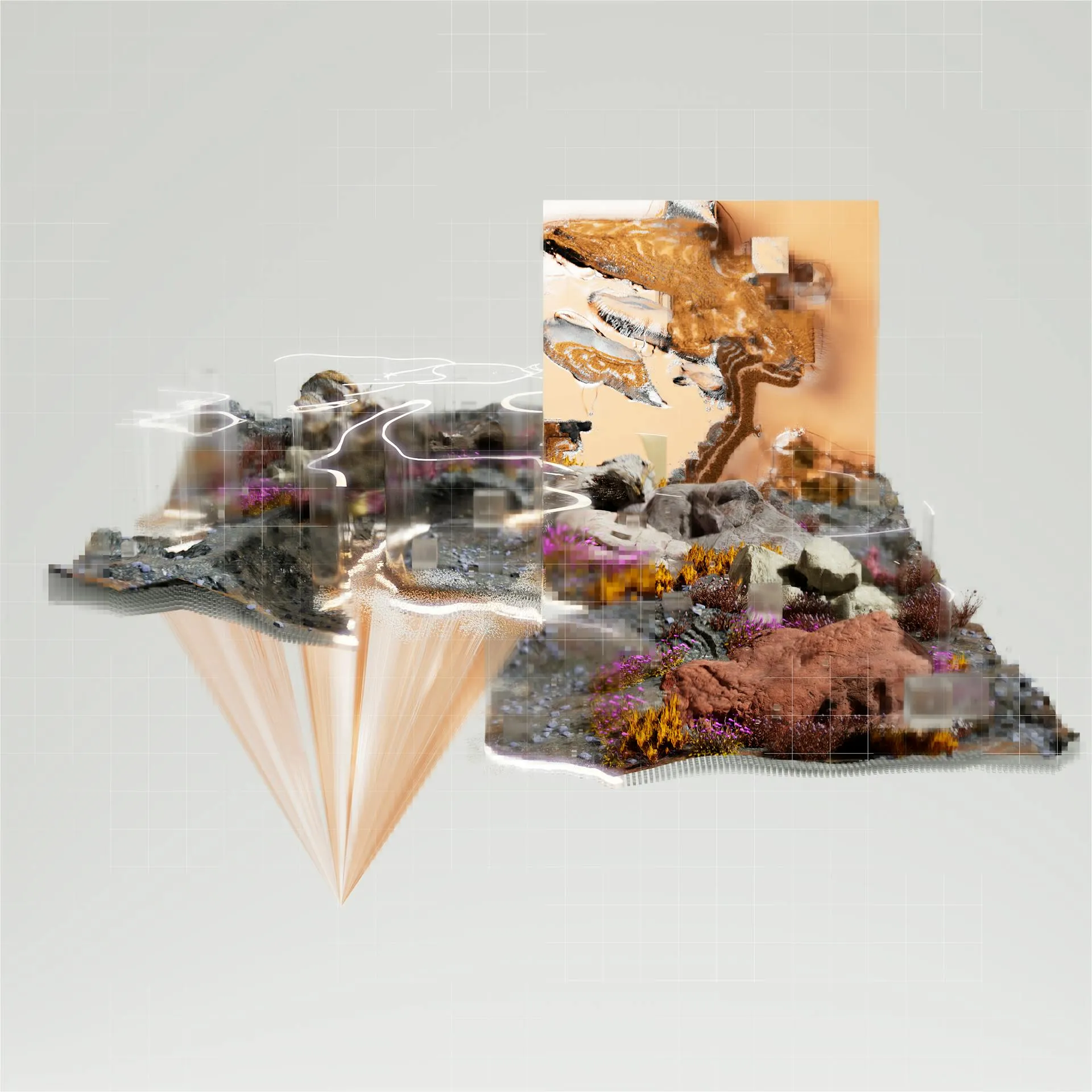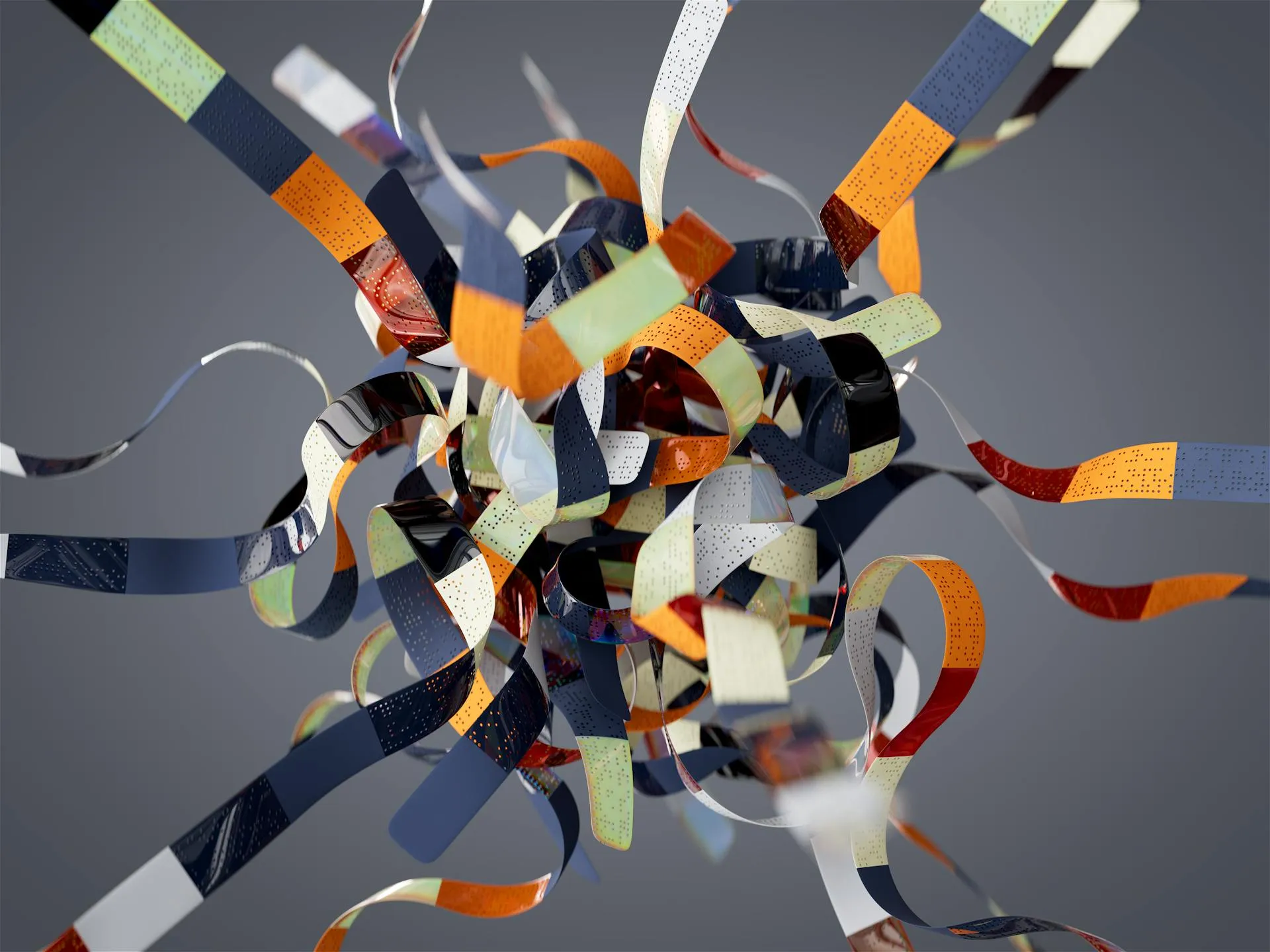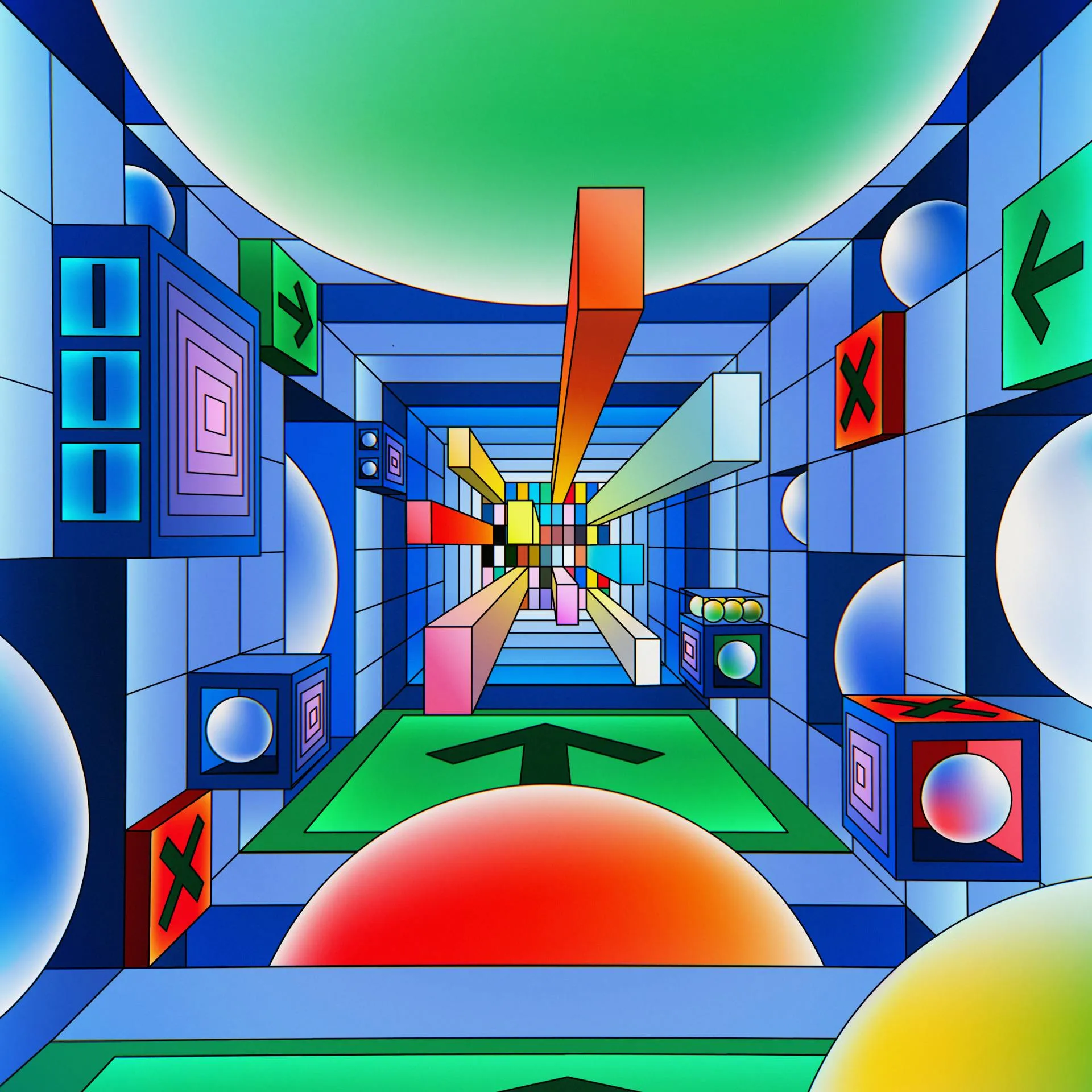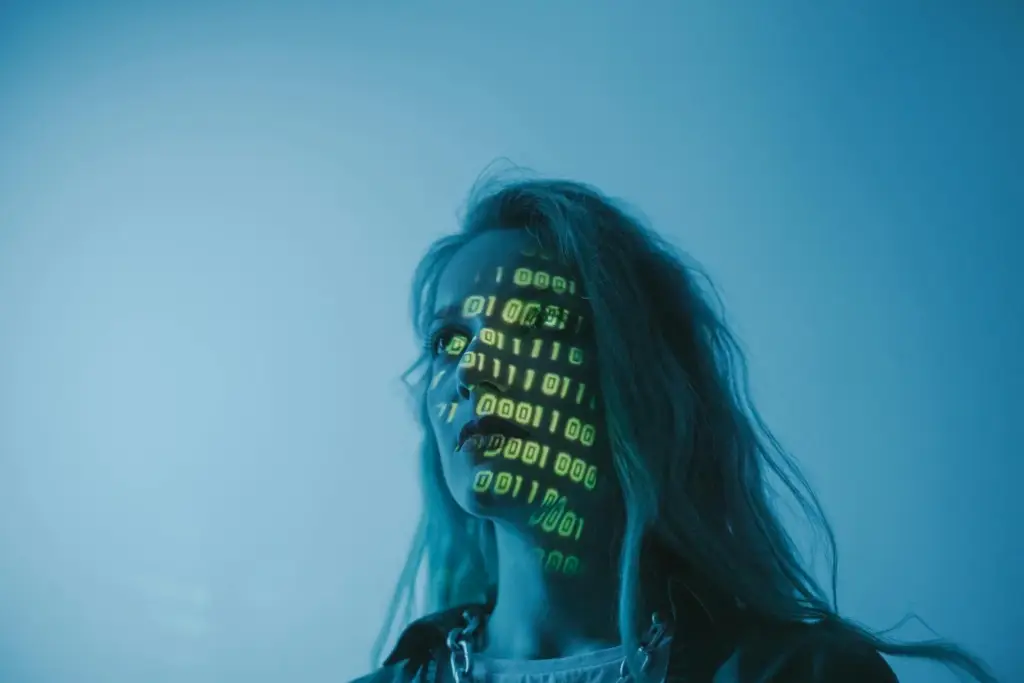The AI in Digital Art is transforming the way artists create and viewers interact with artworks. Through artificial intelligence, new forms of artistic expression have opened up that combine human creativity with the power of algorithms. Rather than replacing artists, AI has become a collaborative tool that empowers the imagination, enabling the creation of works that once seemed impossible.
What is AI in Digital Art?
The AI in Digital Art refers to the use of artificial intelligence algorithms to generate or assist in the creation of artistic works. These algorithms can analyze large amounts of data, learn patterns and styles, and generate new images, music, videos or even literary texts. This allows artists to use AI to experiment with new techniques and explore never-before-seen creative territories.
One of the most exciting areas of IA in Digital Art is the use of generative adversarial networks (GANs). These networks are trained using thousands of images or artistic patterns, and then generate new works based on what they have learned. This has allowed the creation of abstract art, surrealist portraits and futuristic landscapes that are astonishing in their complexity as they are in their beauty.

New Ways of Artistic Expression
The AI in Digital Art has opened the way for new forms of expression that rely not only on the hand of the artist, but also on human-machine interaction. Algorithms can generate complex visual patterns, create variations of an existing work, or even develop entirely new styles.
For example, artist Mario Klingemann, a pioneer in the use of AI in art, uses neural networks to explore the limits of creativity and human perception. In his work, machines not only reproduce what they already know, but generate unexpected pieces, questioning traditional concepts of what art is.

Creating Collaborative Works
One of the great advantages of AI in Digital Art is that it enables a collaboration between artist and technology. Artists can train AI models to generate images, and then modify those creations to give them a personal touch. In this way, AI becomes a tool that amplifies human creativity.
A recent example of this collaboration is the use of AI in the creation of unique portraits. In 2018, Christie’s auction house sold an AI-created work, titled Edmond de Belamy, for more than $432,000. The work was generated by an algorithm trained on thousands of classic portraits, but the human artist played a crucial role in selecting and adjusting the final image.
AI and Digital Music
AI in Digital Art extends beyond images; it is also impacting the world of music. AI-based tools allow musicians to create new compositions using sound patterns and musical styles learned from existing works. Algorithms such as OpenAI’s Jukebox generate music in a variety of genres, from jazz to rock, based on a vast catalog of songs.
This does not mean that AI is replacing composers, but rather that it is being used to inspire new compositions and sounds. Musicians and producers can use AI to experiment with musical structures and styles that they would not have imagined on their own, enriching their creative process.

Does AI Challenge the Definition of Art?
The increasing use of AI in Digital Art has raised important questions about the nature of art and the role of the artist. If a machine can generate a visual or musical work that moves people, can we consider that creation “art”? Some critics argue that AI-generated art lacks the human intention and emotion traditionally associated with art.
Others, however, see AI as an extension of human creativity, a tool that allows artists to reach beyond the limits of their imagination. Art, in this context, is not only defined by the process of creation, but also by the emotional response it provokes in the viewer.

The Future of AI in Digital Art
The future of AI in Digital Art is extremely promising. As artificial intelligence technology advances, the possibilities for artists will continue to expand. We are likely to see more human-machine collaborations in the creation of interactive artworks, where the viewer will also play an active role.
Personalization of the art experience will be another important development. With AI, artists will be able to create works that adapt in real time to viewers’ emotions or preferences, providing a unique and immersive experience for each person.
AI Helps Us in the Creative Process
In conclusion, the AI in Digital Art is redefining the way we conceive and create art. By integrating intelligent algorithms into the creative process, artists have the opportunity to explore new forms of expression that were previously unthinkable. While there are still debates about the nature of AI-created art, it is undeniable that artificial intelligence is opening up new possibilities and challenges in the art world. As this technology continues to evolve, AI-driven digital art will continue to surprise and inspire creators and viewers alike.

